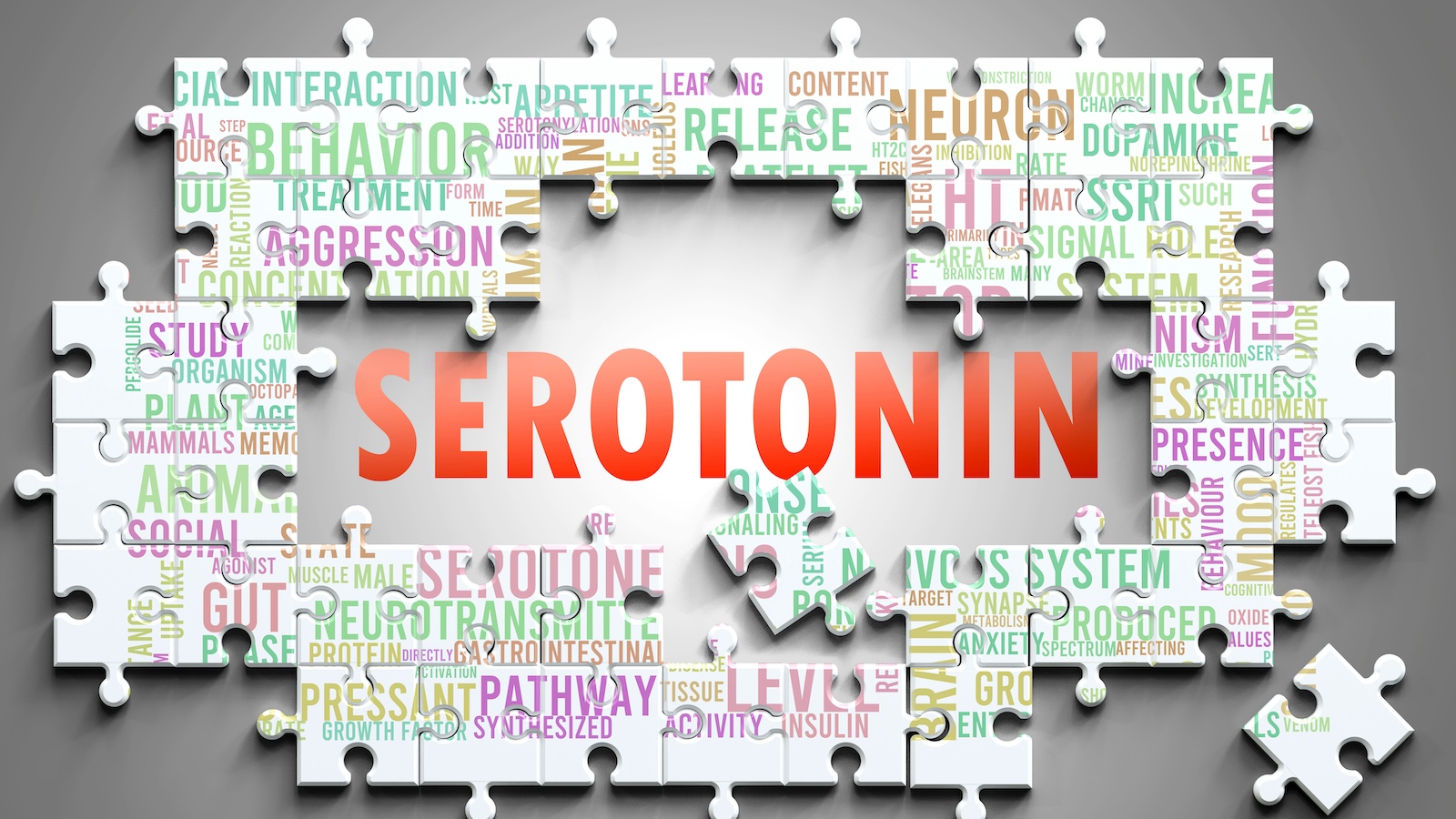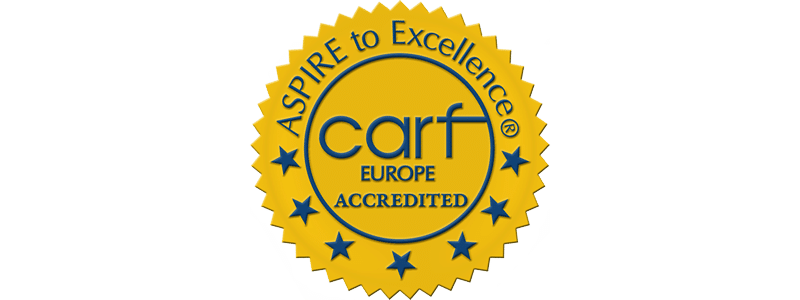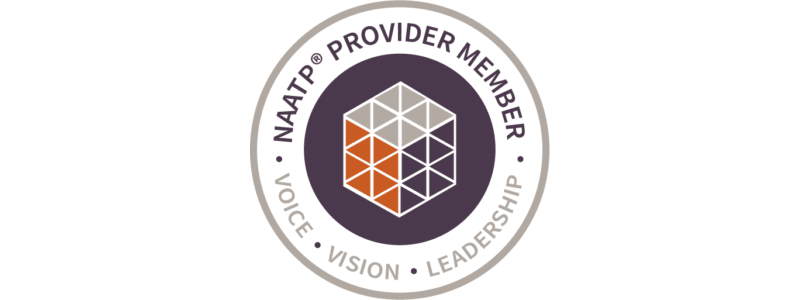Taking stimulants and depressants as prescribed by your doctor can help relieve pain or improve your concentration. However, mixing stimulants and depressants can have dangerous, even fatal, consequences. In 2007, more than 3 million people in the U.S. abused and mixed drugs.
You shouldn’t only avoid mixing stimulants and depressants; you also shouldn’t mix any substances. When you combine two or more substances, you’re engaging in what’s called polydrug use. This can also lead to serious side effects and even death.
We’ll answer this and four other questions related to mixing substances like stimulants and depressants.
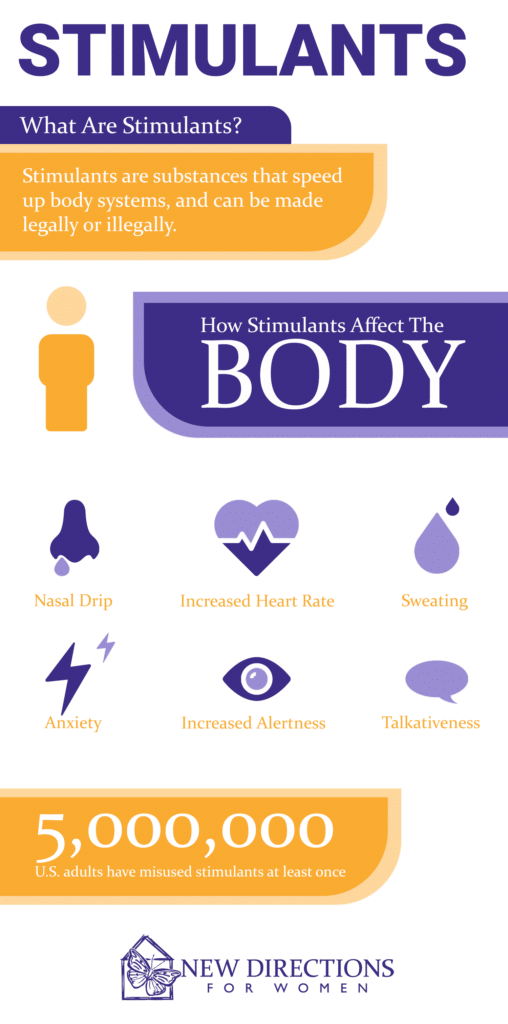 What Are Stimulants?
What Are Stimulants?
Stimulants are substances that speed up processes in the central nervous system (CNS). Also known as “uppers,” stimulants speed up activity in your brain and temporarily enhance awareness, mood, and alertness. However, these pleasurable effects can also cause addiction.
Some stimulants are prescribed for people who have trouble concentrating. At the correct levels, stimulants can be beneficial. It’s when you take more than you should that the problems begin.
Types of Stimulants
Below is a list of commonly used stimulants.
Adderall
Adderall is a prescription stimulant usually given to people with attention-deficit hyperactivity disorder (ADHD). It’s known to increase alertness and improve concentration. Many college students abuse this medication to
Caffeine
If you’ve ever drunk soda or coffee, you’ve had caffeine. This is the most consumed psychoactive drug in the world, and it prevents you from feeling sleepy. It can also help improve your cognitive performance. However, too much caffeine can give you a headache, and dependence can lead to withdrawal if you stop taking it.
Cocaine
This illegal substance normally comes in a white powder and makes users feel more alert, social, and confident. Too much cocaine, though, can lead to dependence, and it’s also highly addictive. Usage can lead to brain damage.
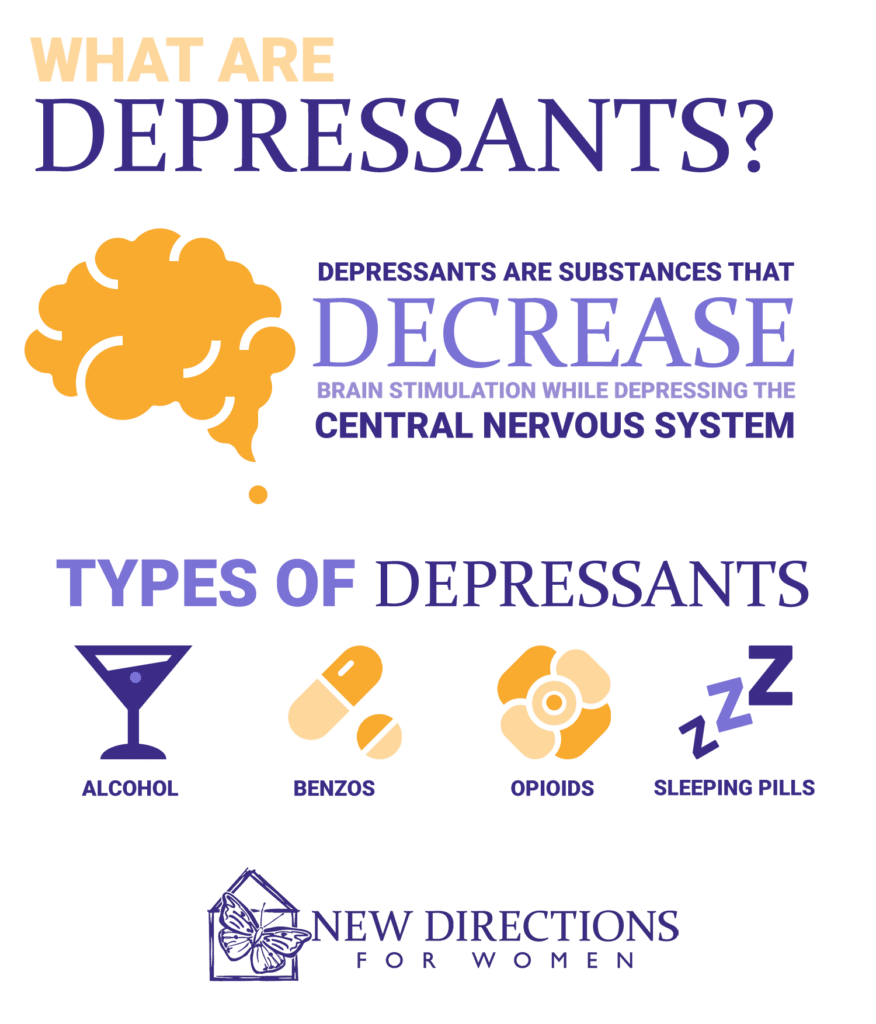 What Are Depressants?
What Are Depressants?
The opposite of stimulants, depressants slow down your CNS. These substances, also known as “downers,” can relieve anxiety, increase euphoria, and relieve muscle spasms. They can also dull pain receptors after a mild to severe injury. Other side effects of depressant use include slowed breathing, fatigue, dizziness, confusion, and poor concentration.
However, depressants that aren’t prescribed or taken too much can damage your body. You can develop a tolerance for them, which can eventually become an addiction.
Types of Depressants
Alcohol
Alcohol is one of the most abused substances on the market, due to its availability and acceptance in society. Although alcohol may start as a stimulant, giving you confidence and giving off feelings of happiness, it will eventually slow your system down.
Prescription Opioids
Opioids like Percocet, Vicodin, and OxyContin (oxycodone) are great for relieving moderate to severe pain, especially pain experienced after surgery. Unfortunately, some people who take opioids as prescribed end up developing an addiction to them due to their pleasurable properties.
What Happens When You Mix Stimulants and Depressants?
Mixing stimulants and depressants falls under polydrug use. This happens when you use more than one drug at a time. The effects of one drug can be powerful enough on your body, but polydrug use enhances the effects of any one drug and makes it more dangerous. One example of this is alcohol intensifying the effects of painkillers. Although taking two substances at once might feel great, you could also stop breathing as a result.

Since there are hundreds of different stimulants and depressants, many different results could come from combining them. As a result, your body’s reaction to these combinations can be unpredictable. These two types of drugs send conflicting messages to your body. Because of this, your body can be impaired by these combinations.
One study showed that in 2011, more than half of all alcohol-related emergency room visits involved illegal and prescription drugs as well. People don’t always understand the risks of mixing drugs, and even accidental prescription drug combinations can be fatal.
What Are the Consequences of Mixing Stimulants and Depressants?
As we mentioned earlier, mixing stimulants and depressants is never a good idea. This can lead to serious consequences, even death. The greatest risk of mixing two types of drugs is what’s called “combined drug intoxication.” This is a major cause of emergency visits and a major contributor to death.
Side Effects of Polydrug Use
Side effects of polydrug use include:
- Seizures
- Heart problems
- Respiratory failure
- Suppressed breathing
- Stomach bleeding
- Brain damage
- Coma
- Heatstroke
Polydrug Use in Teens
Teenagers are the most likely to combine drugs like stimulants and depressants. Seven out of 10 teen drug users have combined drugs and alcohol with prescription painkillers. Teens who do this are also more likely to get drunk and abuse marijuana. Since a teen’s brain is still developing, it’s more susceptible to addiction. As such, they’re at an even higher risk of overdose as well.
What Are Some Common Examples of Polydrug Use?
The following is a list of common examples of polydrug use.
Alcohol and Prescription Drugs
People with alcohol use disorder tend to mix alcohol with prescription drugs, like the ones used below:
Benzodiazepines
Benzodiazepines like Xanax and Klonopin are commonly mixed with alcohol and also have similar effects. These substances act on the same neurotransmitters in the brain, and this combined effect increases intoxication. Since benzos and alcohol are both CNS depressants, taking both at the same time raises your chances of coma, respiratory failure, or death.
Prescription Stimulants
Mixing Adderall, Ritalin, and other prescription stimulants with alcohol has its own dangers. This combination produces effects similar to those of cocaine, and it can lead to long-term and immediate heart problems.
Prescription Opioids
Like alcohol, opioids are CNS depressants that lower blood pressure and slow down the respiratory system. Prescription opioid painkillers like Percocet and Vicodin also have ibuprofen or acetaminophen, and mixing these with alcohol can lead to liver damage and stomach bleeding.
Sleeping Pills
Sleeping pills, which are sedatives, are enhanced by alcohol. Some people who take sleeping pills combine them with alcohol in an effort to make their medication “more effective”. However, this only increases your chances of sleepwalking injuries, coma, and even death.
Alcohol and Cocaine
This is a common mix of stimulants and depressants. Those who combine cocaine and alcohol usually do so to reduce cocaine’s negative side effects, which include clenching, tension, twitching, and anxiety. Cocaine can also mitigate the negative effects of being drunk so that you’re able to consume more alcohol. One study showed that more than half of people addicted to cocaine also suffer from alcohol use disorder.

Combining these two substances is dangerous for several reasons. When they’re metabolized through the liver at the same time, it produces cocaethylene, a chemical compound that has a similar structure to cocaine. Although it gives you temporary happiness, it can inflict major stress on your liver and cardiovascular system. This can result in aggression, high blood pressure, poor judgment, and violent thoughts. It’s also linked to sudden death.
Alcohol and Heroin
These two drugs are both CNS depressants. Take them both together and you’ll experience enhanced effects of each drug. You’ll also notice different experiences and sensations when taking these together than using either one individually. This unfortunately isn’t good, however. You could have a higher risk of respiratory failure and experience permanent brain damage from loss of oxygen and blood to the brain.
Cocaine and Heroin
This is another common mix of stimulants and depressants. A combination of cocaine and heroin, also known as a “speedball,” can be fatal. People combine these drugs to enhance the effects of the other and “cancel each other out.” Like alcohol and heroin, cocaine and heroin provide different sensations than taking each drug by itself. While you might combine these drugs to cancel out each of their effects, you’re actually making yourself more intoxicated. These could lead you to overdose and die.
Celebrities Chris Farley, Philip Seymour Hoffman, John Belushi, and River Phoenix all died from speedballing.
Cocaine and Ecstasy
Cocaine and ecstasy are both stimulants, so when you take them together, they’ll increase your rush. However, taking them together will also increase your risk of heart attack or stroke and also up your heart rate. This can happen whenever you take two types of stimulants at the same time.
Gray Death
This is a more recent fatal drug combination. Gray death is a combination of various opioids (fentanyl, carfentanil, heroin, and U-47700, a synthetic opioid). It looks like gravel or concrete and is sold on the streets at a low price. This drug combination is more common in Georgia, the Gulf Coast, and Ohio.
Prescription Drug Combinations
People who self-medicate to get over depression or anxiety might mix prescription drugs. However, this can have dangerous side effects, and you could also overdose. As we’ve previously mentioned, adding alcohol or illegal drugs to this combination can make effects worse.
Can You Become Addicted to More Than One Drug?
It’s possible to become addicted to more than one drug. This is called cross-addiction. One study shows that 57 percent of people in rehab have used more than one drug.
Frequently using one drug already increases your dependence on it. It also affects your brain’s reward system. When you start taking another drug, you can also develop an addiction to that and make your existing one even worse.
Cross addiction differs from a dual diagnosis in that the latter involves two different mental health disorders occurring together. Cross addiction is a dependence on two different kinds of drugs.
Treatment for Polydrug Use
Although polydrug use might seem difficult to overcome, there is hope in recovery. At New Directions for Women, we can help you find the treatment you need to quit substances for good.
If you have a moderate to severe addiction to stimulants and depressants, we recommend medical detox. In this process, you’ll stop using your substances of choice and our staff will manage any withdrawal symptoms you experience with medication. This can last anywhere from a few days to a couple of weeks.
After you go through detox, you’ll enroll in a treatment program. Residential/inpatient programs are best for women who need round-the-clock care and can last about 30 days. Outpatient treatment allows you to attend programs during the day and return home at home. You have more flexibility to attend school or take care of your children. Every program we offer includes therapy, which is extremely beneficial for recovering from addiction.
Aftercare is the most important part of recovery. In this stage, our staff will provide you access to 12-step support groups, career resources, and sober living homes if needed.
Get Help at New Directions for Women Today
You don’t have to lose hope when you receive treatment at New Directions for Women. At our facility in Costa Mesa, CA, you’ll recover in a serene environment with our caring female staff. Don’t wait one more day. Contact us now to learn more!



